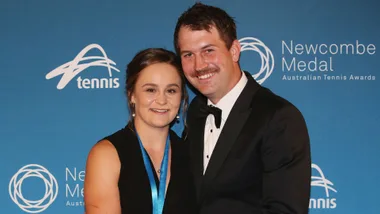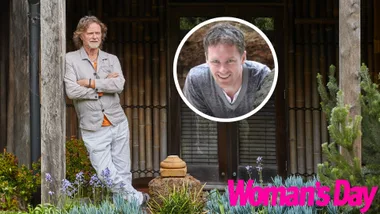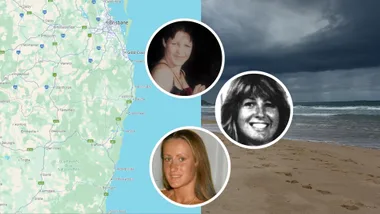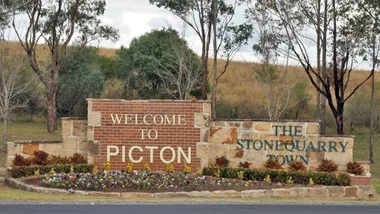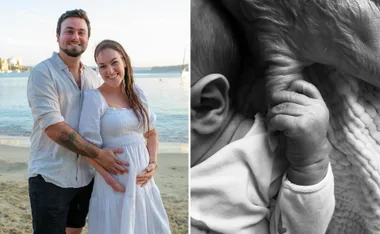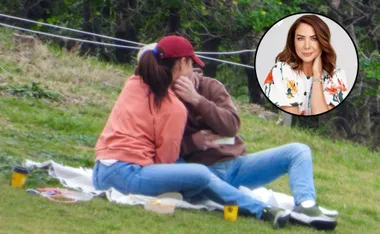Beyoncé made it famous, but her hit song will be forever linked with President Barack Obama because it was the single ladies of America who cemented his role at the White House for another four years.
For months political commentators have predicted that the 2012 US Election would be won on the economy, but it was women’s rights that swept Barack Obama back into power and the women of America spoke resoundingly.
In pictures: Mini-Michelle – Malia Obama growing up fast
More than 55 million eligible voters in the United States are single women and President Obama won a staggering 67 per cent of their vote.
The issues were clear.
While Obama had arguably achieved a lot for women during his first term — his Obamacare bill included services like coverage of contraception, screening for HIV and sexually transmitted diseases, gestational diabetes and breast feeding support and counselling for domestic violence, and he tripled the number of women appointed to the Supreme Court — it was perhaps his counterparts beliefs that drove women into the arms of Team Obama.
Republican nominee Mitt Romney, a devout Mormon, was labelled a dinosaur with his views on abortion, rape and family. He had previously backed a plan to outlaw all abortion, even in cases of rape and incest, he supported a bill that would have denied women coverage of birth control expenses under their health care and his running mate Paul Ryan co-sponsored a bill to amend the definition of rape to ‘forcible rape’.
And then there were his Senate candidates.
Indiana Senate candidate Richard Mourdock who claimed that babies born of rape were “a gift from god”, and Missouri Senate candidate Todd Akin whose extraordinary statement that suggested women had “biological ways of shutting down a pregnancy” after “legitimate rape” sparked global outrage.
Romney was seen as out-dated, too hard right and too religious — even for a deeply religious country.
Obama was surrounded by women on the campaign trial, from celebrities like Mariah Carey and Oprah to Hilary Clinton, to his wife and daughters who stole the show at every public appearance.
American women love Michelle Obama, adore her, and her impact on the campaign was huge.
So confident in her abilities, she often hit the campaign trail alone on occasions, culminating in a knock-out speech to 4,500 Obama supporters during a whistle-stop appearance at a rally in North Carolina on the second last day of campaigning.
Thousands crammed into an airport hangar at the Charlotte Douglas International Airport, to hear her passionately argue that “When it comes to women’s rights, we know that Barack will always have our back”.
During each public appearance she carefully chose department store clothes, Target or J Crew, and spoke about her husband and the future they wanted for their two daughters Malia and Sasha.
It was clear that a vote for Barack was a vote for Michelle too.
A picture of the two of them hugging, posted on their Facebook and Twitter accounts on the morning of the election was re-tweeted and ‘liked’ so many times it smashed all social media records. But it was voters who summed it up best.
The Washington Post interviewed nine influential and progressive Mormon women in the days before the vote.
Their choice was clear, it was Obama. One woman said: “Mitt Romney reminds me of every well-meaning yet overbearing male church leader who’s ever underestimated me.”
In pictures: Victory! Barack Obama defeats Mitt Romney
And then there was the stinging tweet from Obama reminding voters that he was surrounded by amazing women — unlike Mitt Romney who had five sons.
His subtle words, “having these tall, beautiful, strong-willed girls in my home never allows me to underestimate women!” It landed a knockout punch.
Newsletter conversion description. Get the latest in your inbox.

.png?resize=380%2C285)

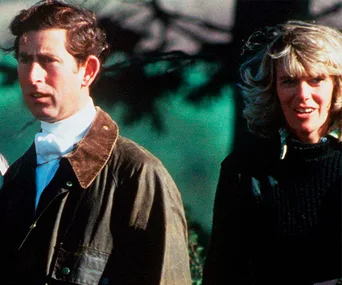

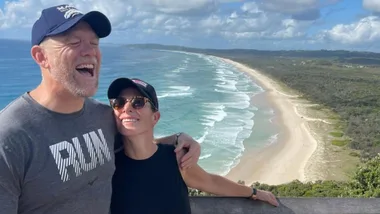

.jpg?resize=380%2C285)















